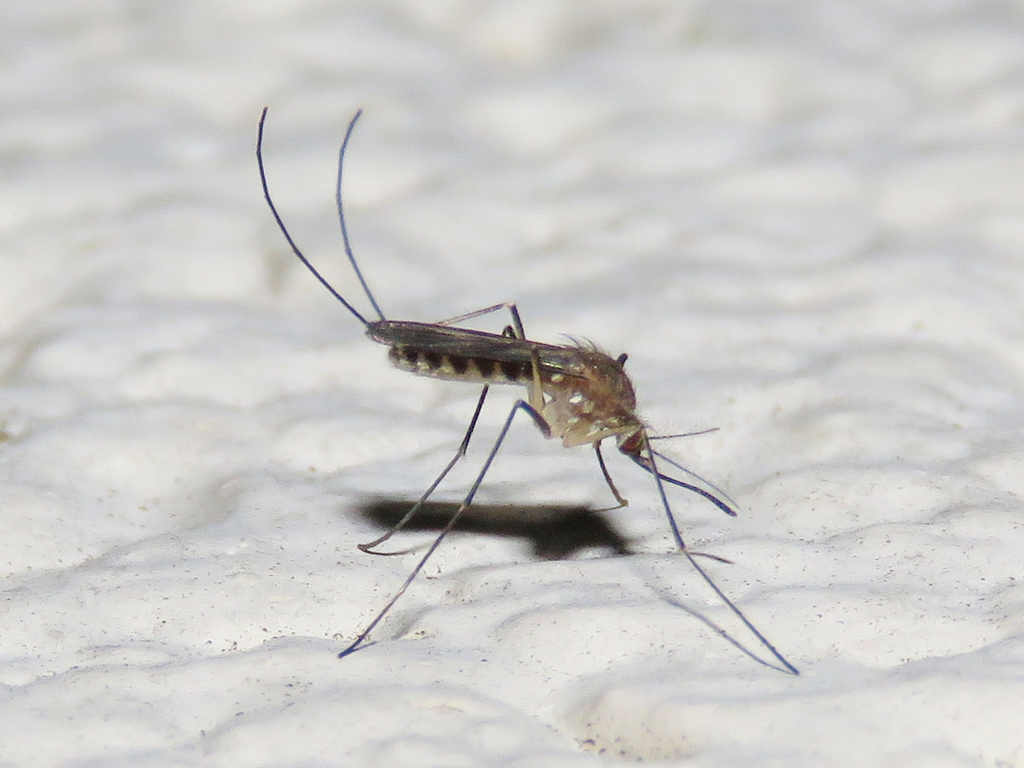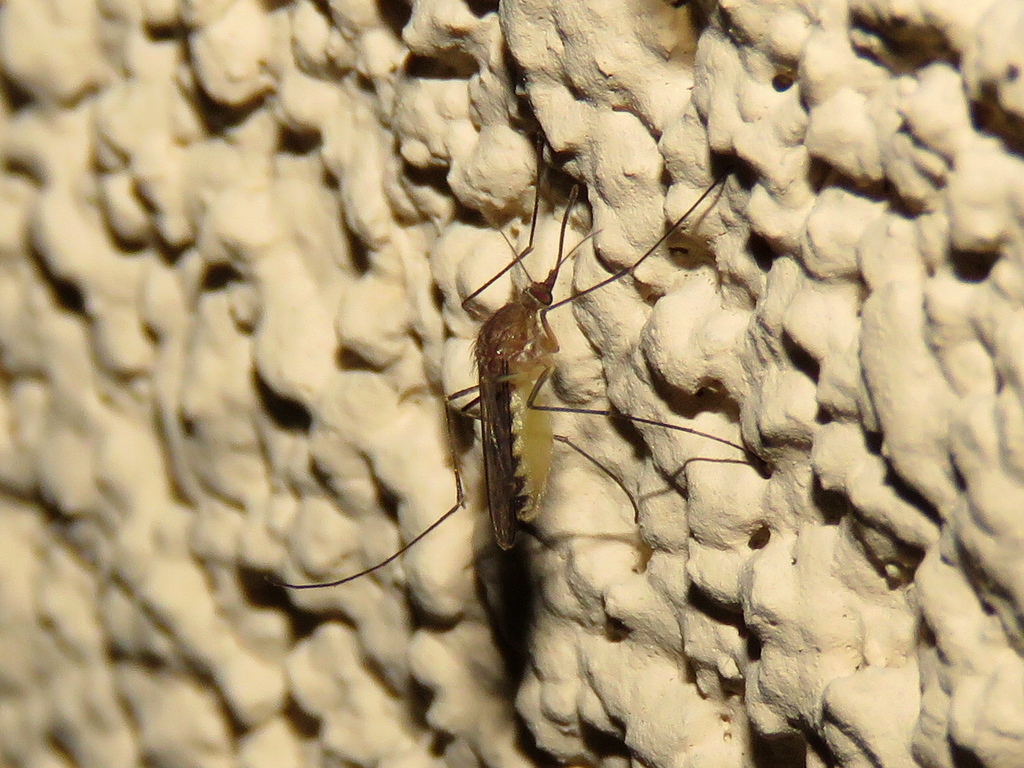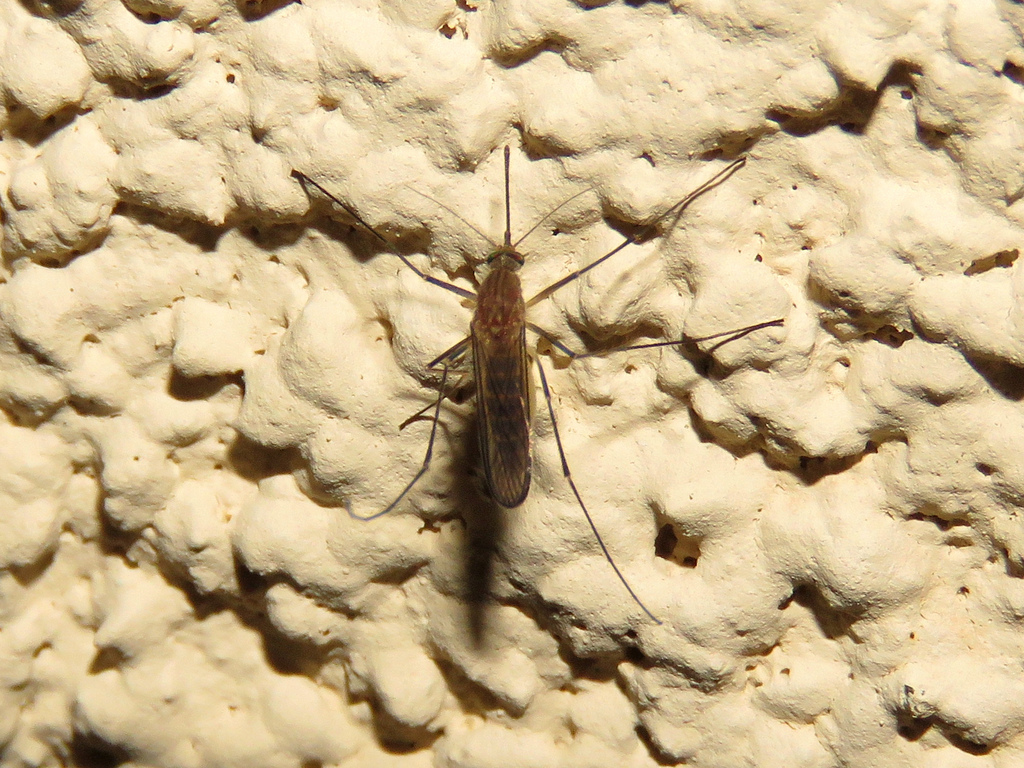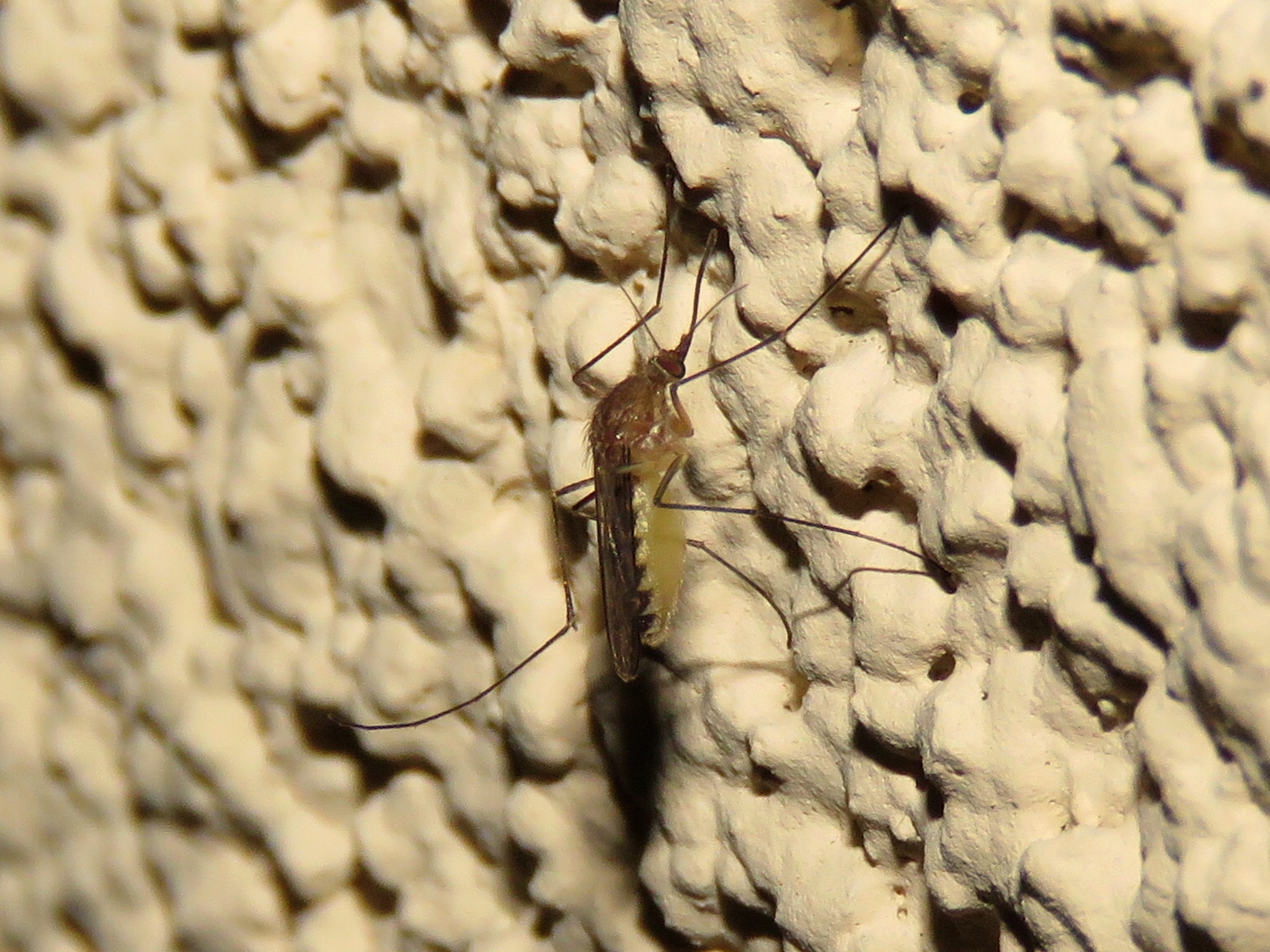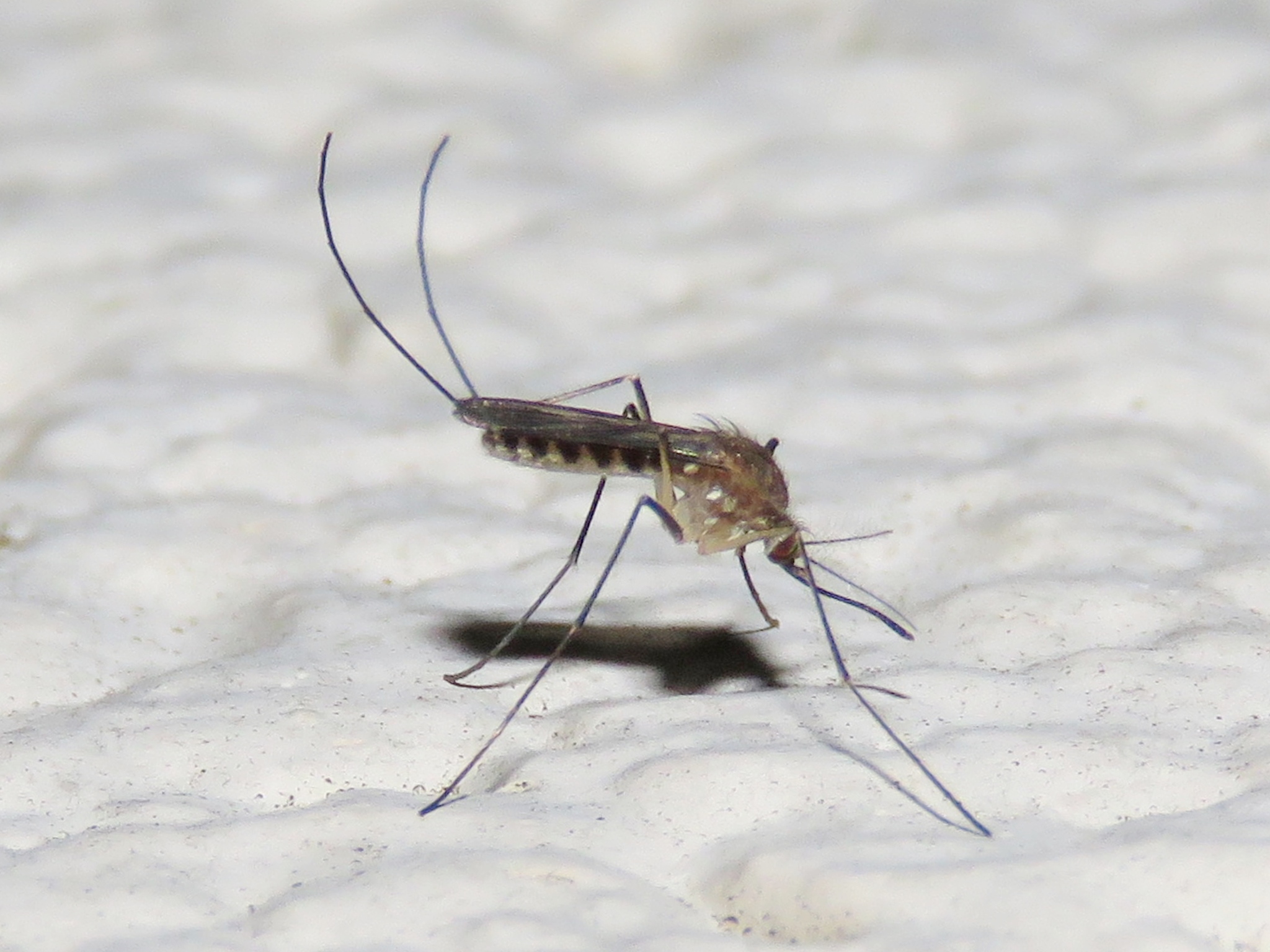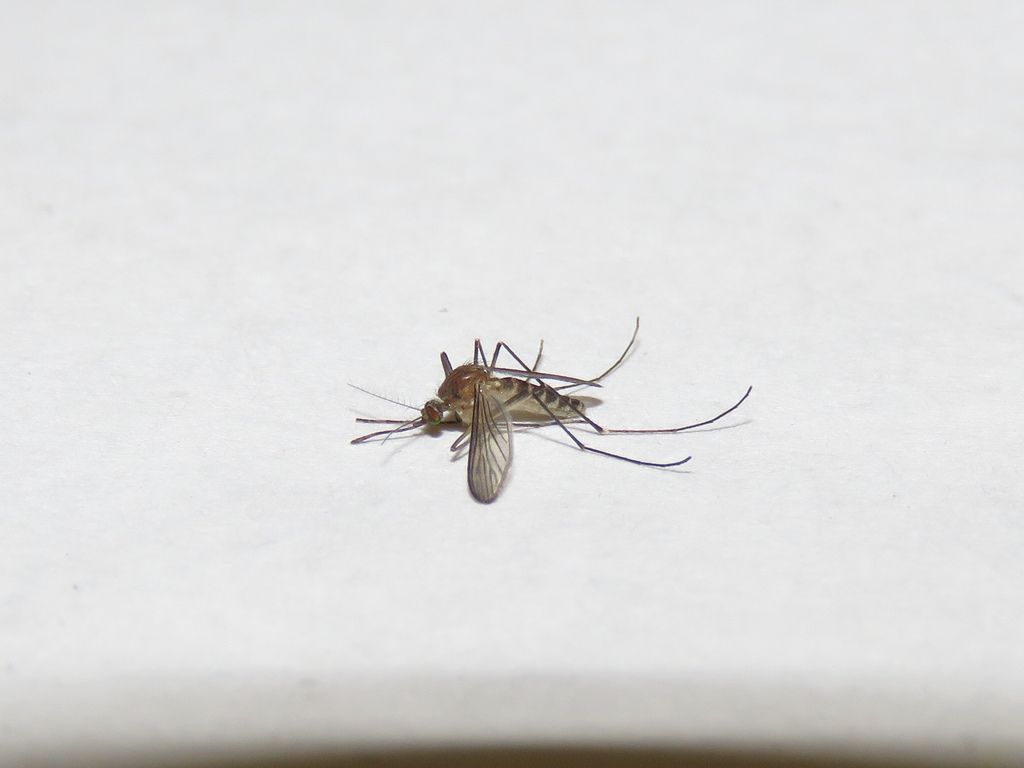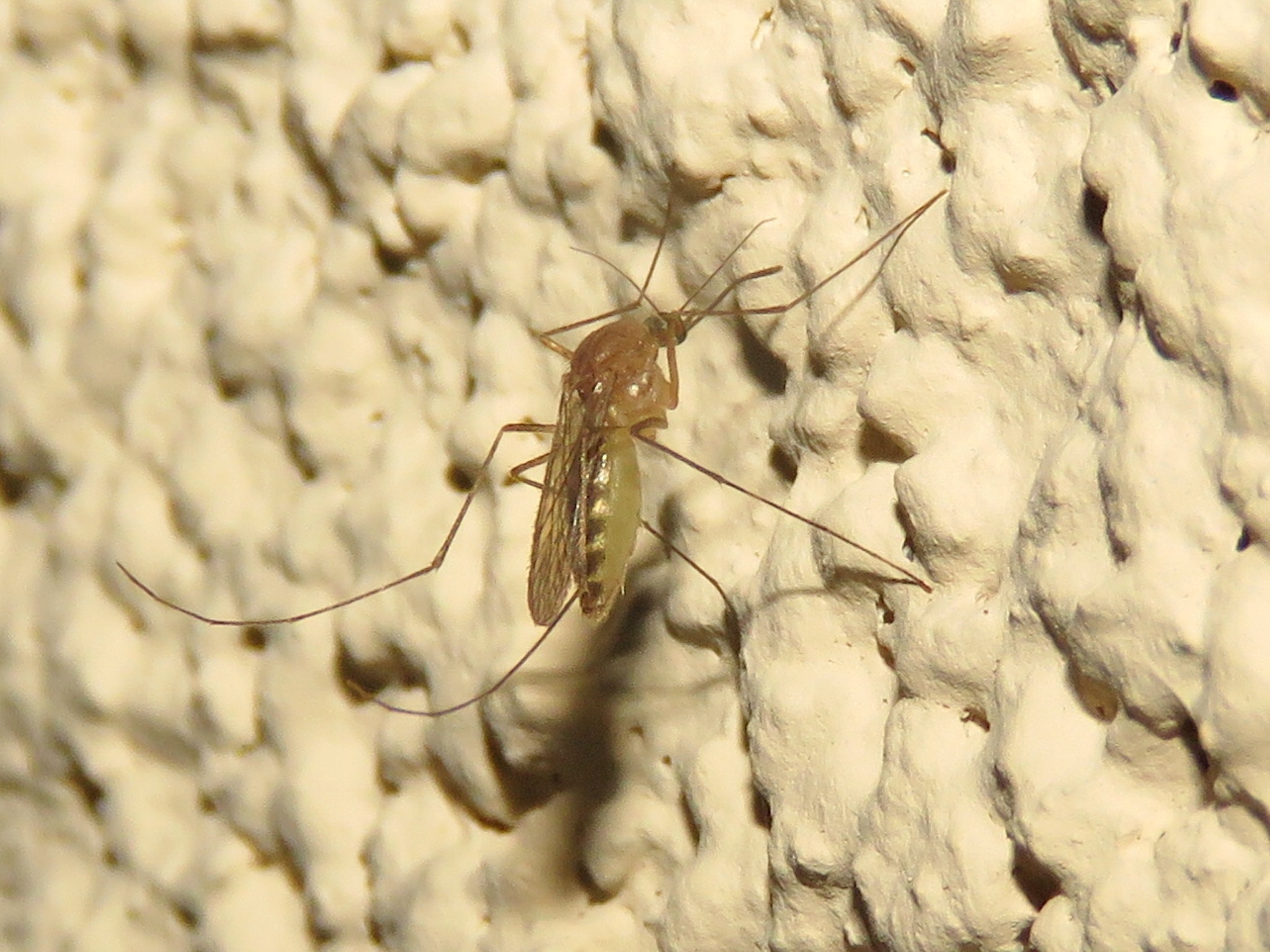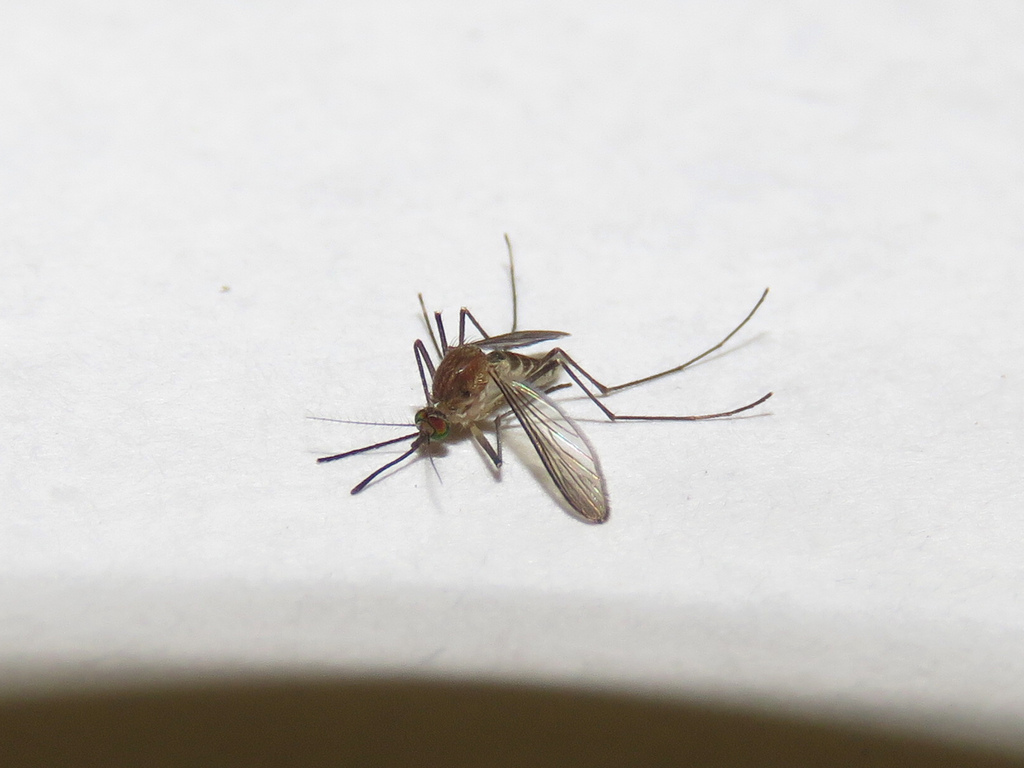Map Snapshot


7 Records
Status
Uncommon.
Description
Each abdominal segment of Culex territans has pale apical bands. All other members of the genus Culex in our area have pale basal bands on each abdominal segment.
Relationships
This species takes its blood meals from reptiles and amphibians and is not known to bite humans.
Seasonality Snapshot
Source: Wikipedia
| Culex territans | |
|---|---|

| |
| Scientific classification | |
| Domain: | Eukaryota |
| Kingdom: | Animalia |
| Phylum: | Arthropoda |
| Class: | Insecta |
| Order: | Diptera |
| Family: | Culicidae |
| Genus: | Culex |
| Species: | C. territans
|
| Binomial name | |
| Culex territans Walker, 1856
| |
| Synonyms | |
| |
Culex territans is a species of mosquito in the family Culicidae.[1][2]
It is widely distributed in Europe. Culex territans is found in central Asia, northern Africa, Canada, and United States.[3]
Accepted Name (and Source)
[edit]Culex territans Walker, 1856 (UKSI)
Synonym (and Source)
[edit]Culex apicalis authors, misident. (UKSI) Culex nematoides Dyar & Shannon, 1925 (UKSI)
Classification
[edit]unranked - Biota
kingdom - Animalia
phylum - Arthropoda
subphylum - Hexapoda
class - Insecta
order - Diptera
infraorder - Culicomorpha
superfamily - Culicoidea
family - Culicidae
genus - Culex
species - Culex territans
Data sets (and Records)
[edit]- Mosquito Recording Scheme - Biological Records Centre - (18)
- Bringing Reedbeds to Life Invertebrate Survey of three key reedbed sites in England in 2009, 2010 - Royal Society for the Protection of Birds (4)
- BRERC species records from all years at full resolution excluding Notable Species within the last 10 years - Bristol Regional Environmental Records Centre (2)
- Welsh Invertebrate Database (WID) - Natural Resources Wales (1)
- Shropshire Ecological Data Network database - Shropshire Ecological Data Network (1)
Ecology
[edit]Culex territans overwinters in adult stage. In northern Europe, overwintering females are found in caves together with Culex pipiens, Culex torrentium, and Culiseta annulata.[4]
Feeding behavior
[edit]The females predominantly feed on amphibians, especially frogs.[3]
References
[edit]- ^ "Culex territans Species Information". BugGuide.net. Retrieved 1 February 2018.
- ^ "Culex territans Report". Integrated Taxonomic Information System. Retrieved 1 February 2018.
- ^ a b Becker, Norbert; Petric, Dusan; Zgomba, Marija; Boase, Clive; Madon, Minoo; Dahl, Christine; Kaiser, Achim (18 August 2010). Mosquitoes and Their Control. Springer Science & Business Media. ISBN 978-3-540-92874-4.
- ^ Razygraev, A. V.; Sulesco, T. M. (2020). "The Use of the Bayes Factor for Identification of Culex pipiens and C. torrentium (Diptera: Culicidae) Based on Morphometric Wing Characters". Entomological Review. 100 (2): 220–227. doi:10.1134/S0013873820020104. ISSN 1555-6689. S2CID 219554848.
- Richard F. Jr. Darsie, Ronald A. Ward, Chien C. Chang, Taina Litwak. (2004). Identification and Geographical Distribution of the Mosquitoes: of North America, North of Mexico. University Press of Florida.
Further reading
[edit]- Ross H. Arnett (30 July 2000). American Insects: A Handbook of the Insects of America North of Mexico. CRC Press. ISBN 978-0-8493-0212-1.
External links
[edit]
